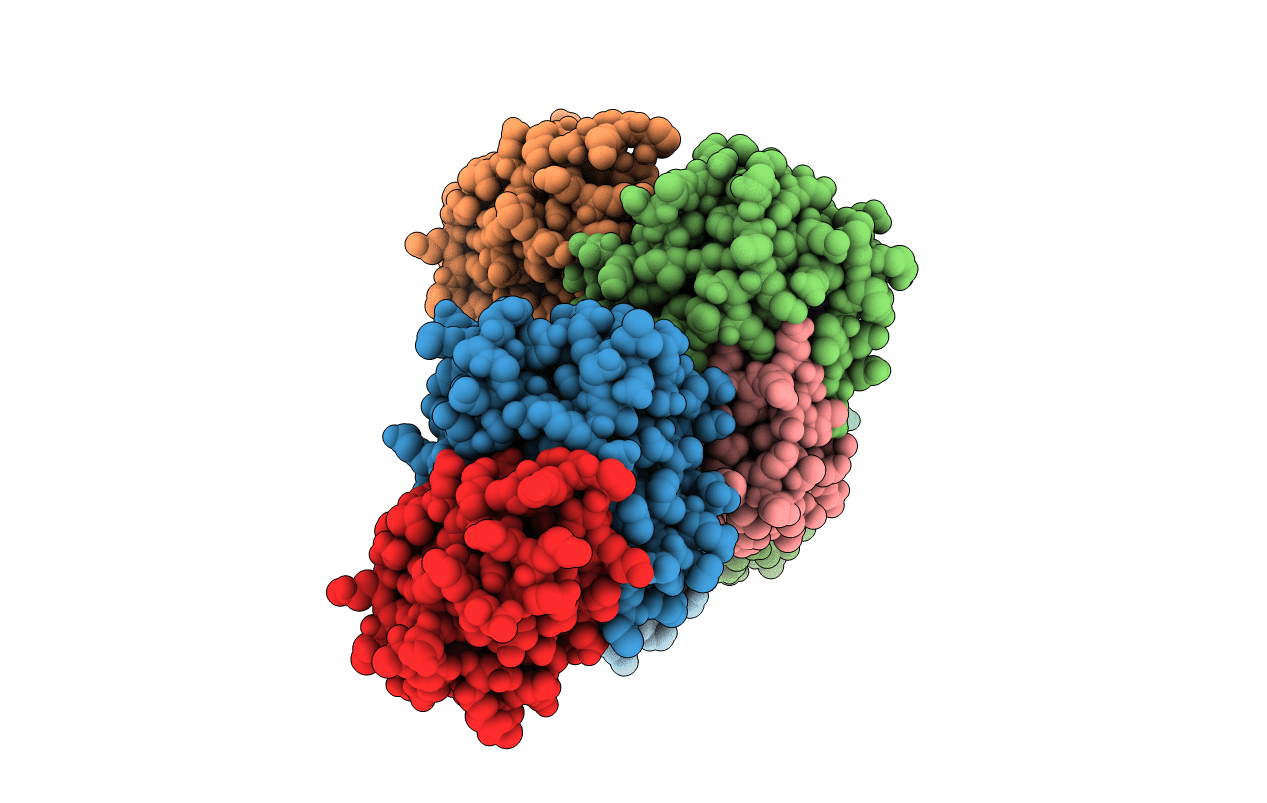
Deposition Date
2019-07-24
Release Date
2019-10-30
Last Version Date
2024-10-16
Entry Detail
PDB ID:
6SCF
Keywords:
Title:
A viral anti-CRISPR subverts type III CRISPR immunity by rapid degradation of cyclic oligoadenylate
Biological Source:
Source Organism:
Sulfolobus islandicus rod-shaped virus 1 (Taxon ID: 157898)
synthetic construct (Taxon ID: 32630)
synthetic construct (Taxon ID: 32630)
Host Organism:
Method Details:
Experimental Method:
Resolution:
1.55 Å
R-Value Free:
0.24
R-Value Work:
0.20
R-Value Observed:
0.20
Space Group:
P 1


